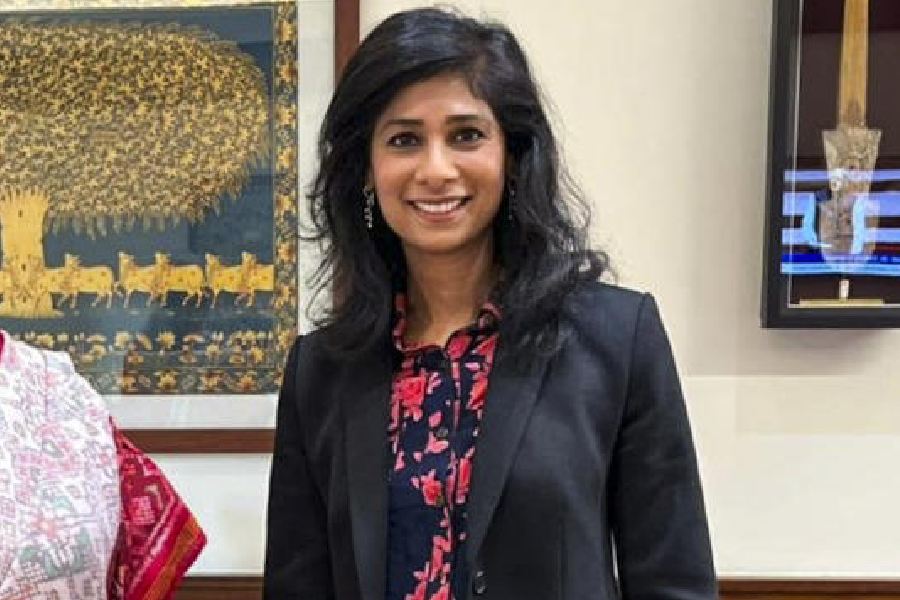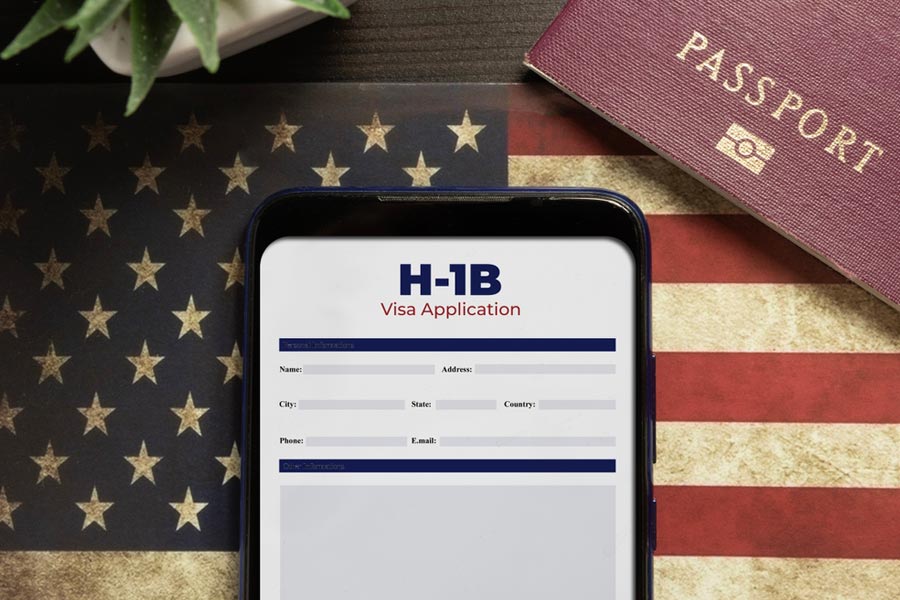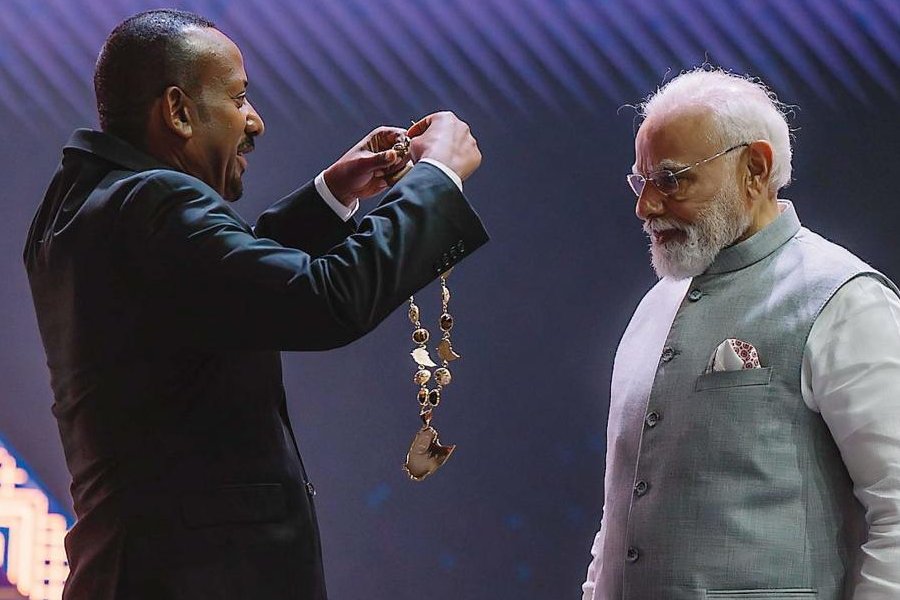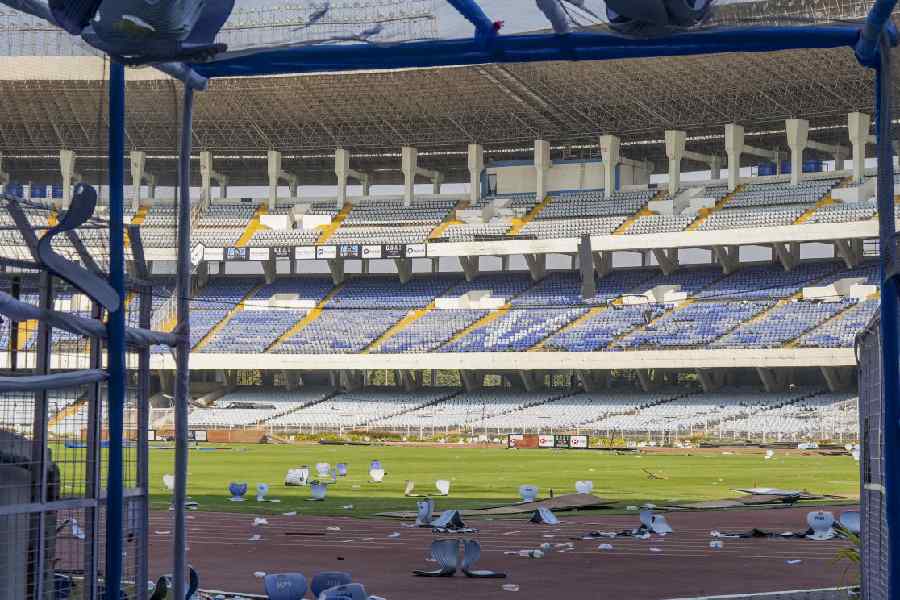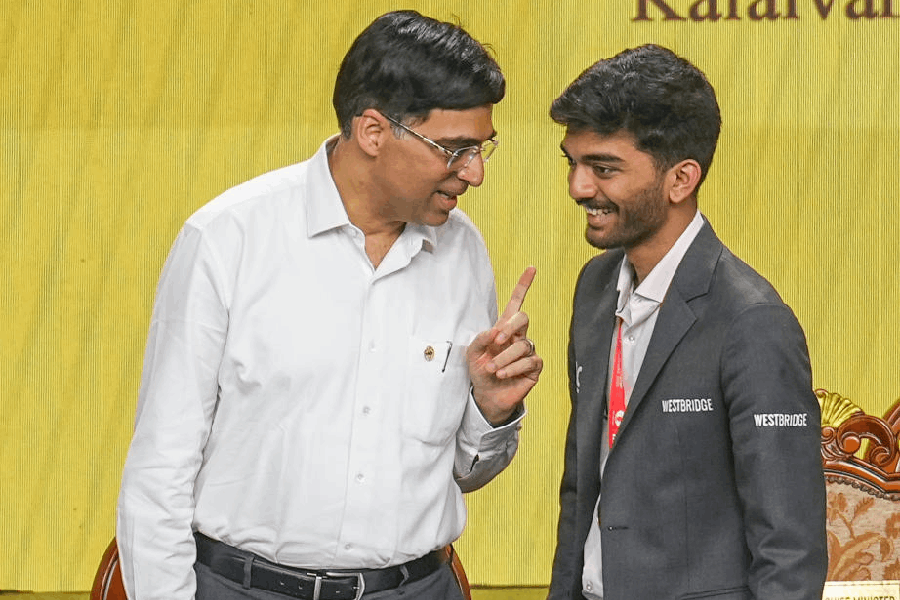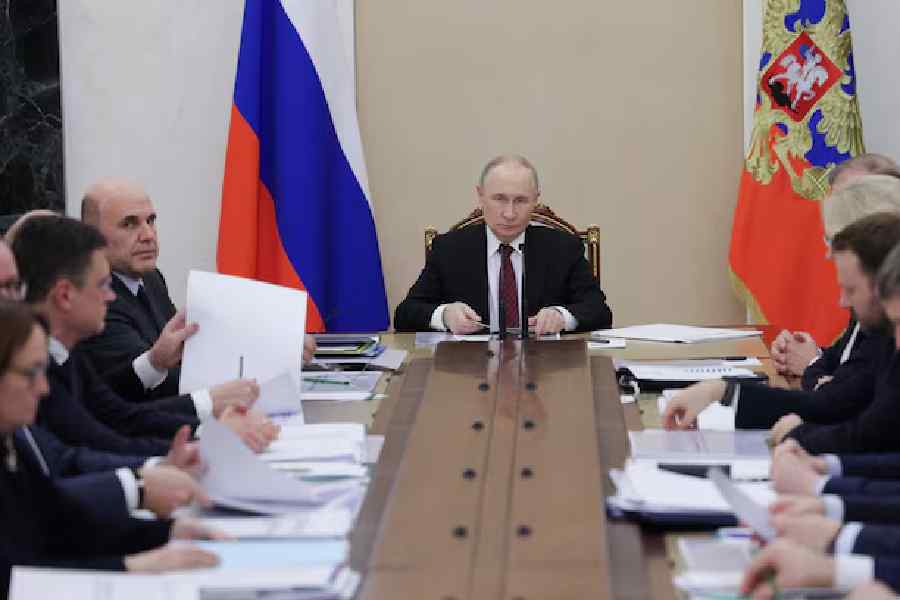 |
 |
 |
| STAYING ON: (From top) Former professor T.K. Gunjoo with his wife; Asha Devi and M. Zutshi, who have both been elected to their village panchayat |
The old wooden gate leads to an old house that appears frozen in time. This is where the Gunjoos live, and where they have been living through years of hope and despair.
The elderly Kashmiri Pandit couple stayed back in Srinagar when the Valley started to burn two decades ago. They are still there, years after T.K. Gunjoo, 80, who retired as a professor of Hindi from the University of Kashmir, was kidnapped by armed young men.
“I told them they were free to kill me,” says Gunjoo. After five days in captivity, he was released. The leader turned out to be an old student of his.
As the Kashmir government ushers in measures to encourage the return of Hindu Brahmins forced to leave the state in the aftermath of a violent movement for an independent Kashmir, the question of how Pandits who stayed on coped surfaces. Many of them wrote their own stories. While some like Gunjoo refused to let go even when death stalked, others like Asha Devi are making their presence felt in a land that they once feared had forsaken them.
Asha (she doesn’t use her second name) was elected a panch of Wussen in northern Kashmir, in the recent panchayat polls, held in the state after 34 years. “I’ve been a part of the people’s happiness and sorrow,” she says. She won from a ward that had only four Pandit families left, and is the only Hindu and the sole woman in the five-member elected group.
The bitter divisions that militancy threw up between Muslims and Hindus are blurring. Pandit Makhanlal Zutshi, 65, a former employee of the state power and development department, has just been elected panch from Tahab, in southern Kashmir. The 100 votes (of the 400 cast) that Zutshi secured came mostly from Muslim villagers. The Zutshis are one of seven families left in Tahab. “This is my birthplace,” he says.
Zutshi still mourns the departure of his Pandit neighbours. “We’re cordial with our new neighbours, but the Pandits were our own blood,” he says. But then his Muslim neighbours, he adds, helped prepare for the cremation of his brother when he died recently.
This was how they once lived — Hindus and Muslims in the same villages. “I’ve yet to see such a deep and durable bond between Hindus and Muslims,” says M.L. Kak, a Pandit journalist who moved to Delhi. “It’s the power of Kashmiriyat, the silken thread of unity,” says Hari Jaisingh, senior journalist and author of Kashmir: A Tale of Shame.
But once militants started targeting Hindus, the exodus began. A survey by an NGO, Kashmiri Pandit Sangharsh Committee, between March 2008 and April 2009, put the Pandit population at 2,765 members in 651 families. Their present strength could well be down to half, says samiti founder Sanjay Tikoo.
For those who stayed back, the going has been tough. They speak of the terror in the streets and the fear of death that lurked in every house. Nobody who went out could be sure of making it back alive. “If I was even five minutes late, my wife and mother would come crying along the route I would normally take,” says Tikoo.
In 1990, a bundle of handbills landed in the Government College for Women, instructing Muslim girls to wear the burqa, recalls Neerja Mattoo, a Pandit who retired from the Srinagar college. Many Pandit women too switched to the salwar kameez to merge with the majority, though Mattoo stayed put in a sari.
“But their (the militants’) attempt to Islamise the people did not succeed,” says former state secretary Vijay Bakaya, also a Pandit. “The burqa did not become popular. And the beauty parlours and wine shops that they had ordered shut have long since reopened.”
If there are tales of terror, there are as many stories of people coming to each other’s aid. S. Syed, who runs a crockery shop in downtown Srinagar, says he invited the militants’ wrath for dousing the flames in his Pandit neighbour’s blazing house. “The next day they pasted a warning outside my house.” Two of Syed’s shops were gutted and his house came under a grenade attack.
“Twenty per cent of the Pandits stayed back and faced no resentment from the majority community,” says Kumar Wanchoo, who was among those who stayed put. His father, Pandit Hridaynath Wanchoo, who worked for the rights of the Valley’s sweeper community, was killed by a militant in 1992. His son, Amit, is a radiation oncologist who recently left his job in a government hospital and is now running the family-owned laboratory.
Every Sunday, Amit and his group of 12 doctor friends conduct a free medical camp in and around Srinagar.
Like him, Vinod Vishen has been seeking to help the people of the Valley. He left Srinagar to join the Indian Institute of Technology in Delhi as a senior scientist during the peak of the insurgency, but returned a few years later. He is now running a technology institute called the Caset Computer Institute, next to the Caset School his father started in Srinagar.
Vishen says he owes the building of the institute to “great faith” and “our Muslim friends”. But he also rues the fall in the number of students — there has been a 50 per cent dip over the last three years. “Students are going away to Pune and Bangalore,” he laments.
Indeed, education is an issue for Pandits who stayed back. Most sent their children outside the state for their higher studies. Mattoo says she and her husband stayed back in Kashmir because their children were studying in England. Vishen’s son too is in the US.
Yet, when Amit was studying in the Valley — one of the few Pandits left in class — it was his Muslim friends who were by his side. “They would form a human chain around me. It was so long that even my father would take over an hour to reach me,” he says.
Even at the height of militancy, most Kashmiri Muslims were not hostile to the Pandits, says Bakaya, who as the J&K grievances commissioner heard Muslim parents requesting him to stop their youths from going across the border. The former divisional commissioner was also in charge of setting up camps for over 3,00,000 Pandits who’d migrated to Jammu in January 1990.
The state minister for revenue, relief and rehabilitation, Raman Bhalla, says he has received 4,440 applications from Pandit migrants wishing to return. About 2,000 migrants are being given government jobs in Kashmir under the Prime Minister’s relief package. A move is afoot to raise the financial aid (now Rs 7 lakh) to help migrants rebuild their homes to at least Rs 20 lakh, adds Bhalla.
Militant leaders too have been doing their bit. “We need to learn to live together in suffering and in happiness,” says JKLF leader Yasin Malik, who has been visiting migrants in transit camps in Jammu. “But the first step towards true reconciliation is to forgive and forget from the heart.”
“We welcome the Pandits, who are our brothers, but we ourselves are under oppression and forcible occupation,” adds Hurriyat leader Syed Ali Geelani.
Amit Wanchoo stresses that there is need for a “business model” based on inter-religious partnerships. “The Kashmiri is emotional and egoistic and has a soda-water josh. But if you know how to handle him, you can get him to do anything,” says Wanchoo, who recently organised a laughter challenge for Kashmiris. “We need to laugh, there’s too much depression,” he says.


